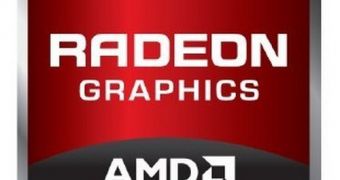We've known of the Sea Islands GPU family for quite some time, and that the marketing name for graphics cards based on them will be Radeon HD 8000. We didn't actually know much about the chips that would come afterwards though.
AMD decided, back in 2008-2009, to use Island names for the graphics processing units released over the next several years, until 2016.
AMD's 7000 series, for example, is powered by Southern Islands GPUs (Tahiti, Pitcairn, and Cape Verde), while the 8000 boasts Sea Islands (we detailed the Oland and Oland Pro just three days ago).
The Volcanic Islands will succeed Sea Islands in 2014, and they may be the most important of the Islands-themed chips.
Whereas Oland brings architectural changes but no major performance boosts, the Volcanic Islands will be the first GPU family possible to manufacture in Common Platform Alliance as well as TSMC.
In other words, AMD will have alternatives to TSMC's GigaFab Hsinchu/Taichung: IBM East Fishkill, GlobalFoundries in New York and Dresden or Samsung in Austin. Thus, there should be no chip shortage crippling its marketing performance anymore.
The Volcanic Islands GPUs will be designed on the 20nm Gate-Last manufacturing process and will bring silicon-level integration. The discrete GPU will tightly collaborate with the graphics capabilities of the APU, and the CPU will be treated as “an integral part” as well. The main foils will be Intel second-gen Xeon Phi and NVIDIA Maxwell.
As for 2015, that will be the year of the Pirates Islands, tributes to legendary figures like Blackbeard, Captain Hook and, probably, Captain Jack Sparrow.
AMD is already designing the units, based on the 14nm manufacturing process, but that's all anyone knows (or, in the case of VR-Zone, can say) at this point. We'll be sure to follow up on this if we get the chance.

 14 DAY TRIAL //
14 DAY TRIAL //